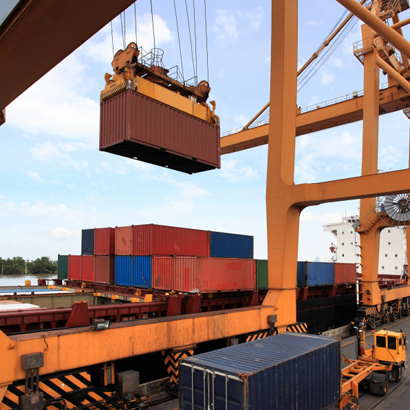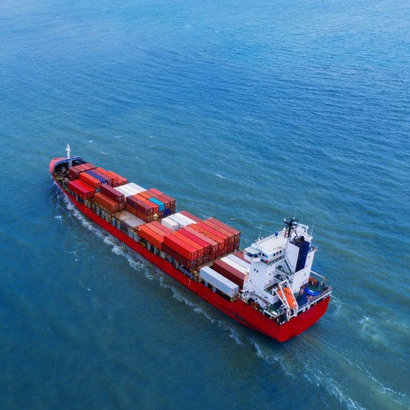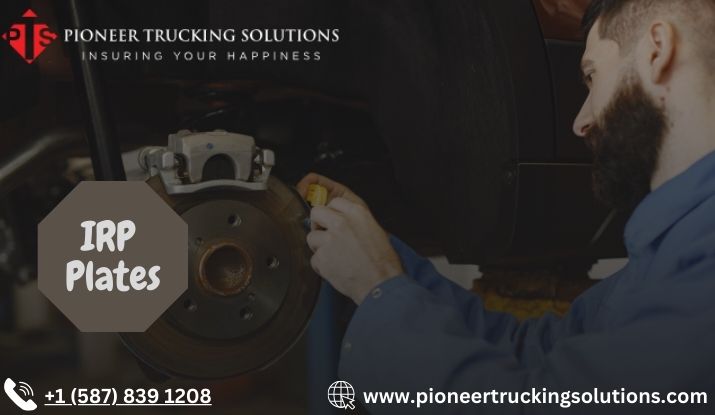The International Registration Plan (IRP) is a cooperative agreement among U.S. states, Canadian provinces, and other jurisdictions that facilitates the registration and operation of commercial vehicles across borders. Registering for IRP plates is essential for interstate trucking companies. In this blog, we will provide a step-by-step guide to help you navigate the process of registering for IRP plates.
Determine Eligibility:
Before beginning the registration process, it is important to determine if your commercial vehicle meets the eligibility criteria for IRP registration. Generally, vehicles that are used for transporting people or property across state or provincial lines are eligible for IRP registration.
Gather Required Documentation: To register for IRP plates, you will need to gather the necessary documentation. This typically includes:
a. Vehicle Information: Collect all relevant details about your commercial vehicle, such as the make, model, year, VIN (Vehicle Identification Number), and GVWR.
b. Proof of Ownership: Provide documentation that proves your ownership of the vehicle, such as a title or lease agreement.
c. Proof of Insurance: Obtain a valid insurance policy that meets the minimum requirements set by the jurisdiction in which you are registering.
d. Business Information: Prepare documentation that verifies your business, such as a tax identification number, business license, or articles of incorporation.
e. Mileage Records: Maintain accurate mileage records for each jurisdiction in which your vehicle operates.
Contact the Appropriate Jurisdiction:
Once you have gathered the necessary documentation, contact the appropriate jurisdiction to initiate the registration process. This is typically the jurisdiction where your business is based or where your vehicle is primarily operated. Reach out to the IRP office or the motor vehicle department in that jurisdiction to obtain the required application forms and instructions.
Complete the Application:
Carefully complete the application forms provided by the jurisdiction. Provide accurate and up-to-date information about your vehicle, business, and other relevant details. Before submission & further processing, people should do one important thing that they should double-check the application for any errors or missing information otherwise their application will be denied.
Calculate Fees:
Calculate the registration fees based on the jurisdiction’s fee schedule and the weight and distance your vehicle is expected to travel. The fees are typically determined by a combination of factors, including the vehicle’s weight, the number of jurisdictions it will operate in, and the distance it will travel.
Submit the Application and Fees:
Submit the completed application forms, along with the required documentation and calculated fees, to the jurisdiction’s IRP office or motor vehicle department. With ensuring everything, people should ensure that all documents are properly signed and dated. Some jurisdictions may require in-person submission, while others may accept applications by mail or online.
Await Processing and Approval:
After applying, allow the jurisdiction’s IRP office or motor vehicle department to process your registration. This may involve verifying the information provided, conducting any necessary inspections, and calculating the final registration fees. Once your application is approved, you will receive your IRP plates and registration credentials.
Display IRP Plates:
Upon receiving your IRP plates, affix them to your commercial vehicle as instructed by the jurisdiction. Ensure that the plates are clearly visible and properly displayed.
Final Words
Registering for IRP plates is a crucial step for commercial vehicles engaged in interstate operations. But following this step-by-step guide provided to you by professionals of Pioneer Trucking Solutions will help you navigate the registration process with ease.







